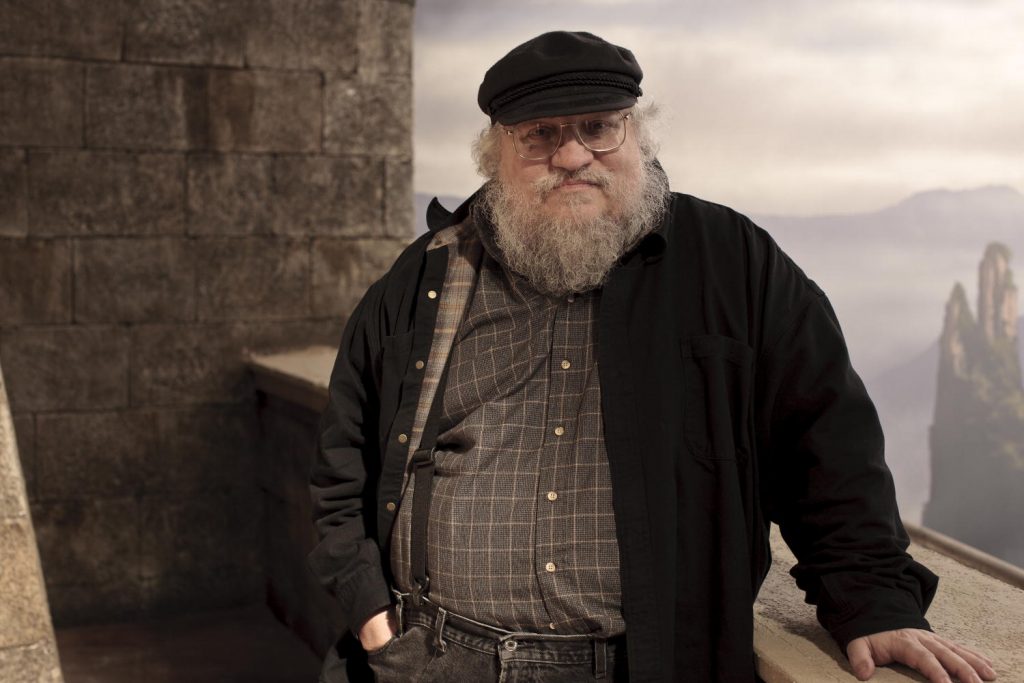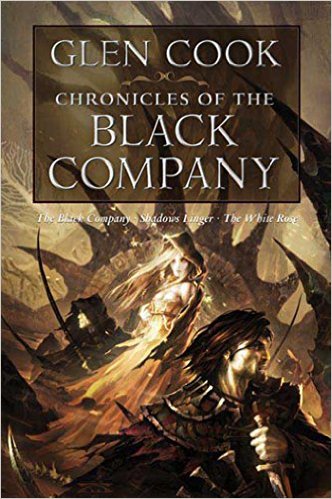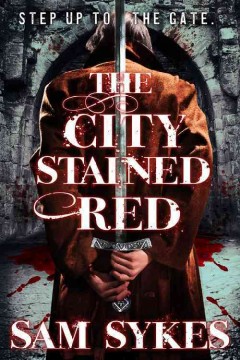Following the enormous popular and critical success of Hulu’s The Handmaid’s Tale (an adaptation of Margaret Atwood’s 1986 novel), the likelihood that there would be a Season Two was a pretty good one. Media success doesn’t rest easily. As a result, the show’s second season (which is currently streaming on Hulu) is running off-book.
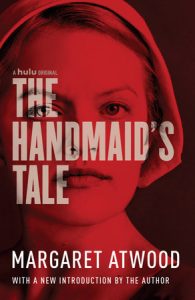
It’s a pretty daring prospect, on the whole. The Handmaid’s Tale is not the first series to run ahead of, or away from, its literary foundations. The production of Game of Thrones has outpaced George R.R. Martin’s writing, so that the final two seasons have covered material that has not yet been in print….though the books will, hopefully, see the light of day soon. Fox’s recently cancelled show Lucifer was based on a character in Neil Gaiman’s Sandman series, but took on a life of its own very quickly (#SaveLucifer by the way. It’s an incredible show). But The Handmaid’s Tale has the daunting task of remaining true to Atwood’s masterpiece, and also advancing the plot enough to give both readers and non-readers a reason to keep watching.
Thus far, they seem to be doing a very good job of it. Ratings and reviews for the second series have been very good–if acknowledging the fact that the harrowing subject matter and superb acting make each episode uniquely difficult to watch. The show’s creators are moving backwards and forwards on the timeline, showing June and her comrades in a blighted and besieged Boston, while simultaneously showing us how the world they inhabit came to be, from the creeping authoritarian laws to the gradual acceptance of society to the direction their world was taking. Rather than striking out into wholly new territory, a great deal of this season seems to be filling in the gaps in Atwood’s novel, showing how such a place came to be–a move that strengthens the foundations of the stories and the series as a whole.

So for those who are watching Season 2 of The Handmaid’s Tale, those awaiting its arrival on our shelves in DVD form, and those who are looking for even more dystopian fiction featuring women and strong social commentary, here are a few suggestions from us to keep you thinking, reading, and enjoying well into the summer….
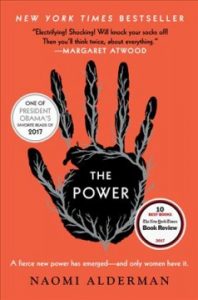 The Power: Naomi Alderman’s sensational novel won the 2017 Baileys Prize for Women’s Prize for Fiction, and has been referenced frequently alongside discussions of Margaret Atwood’s work–mostly because it turns the premise of The Handmaid’s Tale upside down. All at once, in a not-too-distant-future, girls find that with a flick of their fingers they can inflict agonizing pain and even death. With this single twist, four lives are utterly transformed, and society as a whole begins to rethink the way it has thought and spoken about people since it’s conception. Like Atwood, Alderman doesn’t pull punches; this book is visceral and gritty at times, but it’s also incredibly funny and snarky. The correspondence that frame the story itself poke fun at our current gender stereotypes brilliantly, and help readers conceive of a world that it as once so familiar, and at once so utterly, completely different.
The Power: Naomi Alderman’s sensational novel won the 2017 Baileys Prize for Women’s Prize for Fiction, and has been referenced frequently alongside discussions of Margaret Atwood’s work–mostly because it turns the premise of The Handmaid’s Tale upside down. All at once, in a not-too-distant-future, girls find that with a flick of their fingers they can inflict agonizing pain and even death. With this single twist, four lives are utterly transformed, and society as a whole begins to rethink the way it has thought and spoken about people since it’s conception. Like Atwood, Alderman doesn’t pull punches; this book is visceral and gritty at times, but it’s also incredibly funny and snarky. The correspondence that frame the story itself poke fun at our current gender stereotypes brilliantly, and help readers conceive of a world that it as once so familiar, and at once so utterly, completely different.
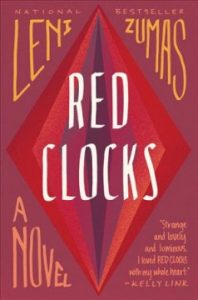
Red Clocks: Leni Zumas’ novel was released earlier this year, and was already listed as one of the best books of 2018. Part mystery, part thriller, and all painfully, beautifully compelling, this book is set in a not-too-distant-American-future, where abortion is once again illegal in America. In addition, in-vitro fertilization is banned, and the “Personhood Amendment” grants rights of life, liberty, and property to every embryo. Zumas uses this premise to focus in on five very different women in a small Oregon fishing town, and the effects of these laws, and the culture they promote, on their lives, especially when a reclusive herbalist, or “mender” is arrested, and made the subject of a national show-trial. Like Atwood’s work, Zumas’ characters are rich and nuanced, and because they both benefit from and are persecuted by the laws of their America, this book becomes a timely and incisive social commentary, as well as a moving and unforgettable story.
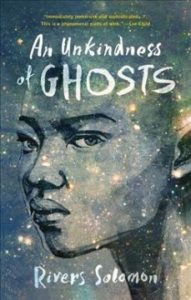 An Unkindness of Ghosts: In addition to drawing comparisons to Margaret Atwood, Rivers Solomon has also been compared to Octavia Butler for the way they use the science fiction genre to interrogate issues of race and power in our present day. An orphan , Aster lives in the lowdeck slums of the HSS Matilda, a space vessel organized much like the antebellum South. For generations, Matilda has ferried the last of humanity to a mythical Promised Land. In order to keep the peace as they know it, the overseers on the ship have imposed harsh and degrading regulations over the darker-skinner sharecroppers onboard, as well as those of different religions and social class. Aster is a character who needs answers; on a personal level, she is determined to find out what happened to her mother. But the more she investigates, the more she is determined to find out who is really in charge of the ship that is her world–and to challenge the system that has harmed her and so many others. Solomon uses their premise to interrogate not only gender and racial issues, but also sexuality, class, and the ways in which power and the police state can corrupt and harm all those involved in it. This book adds a great deal of dimension to the social commentary that Margaret Atwood provided in her book, while also being a fascinating and deeply imaginative science fiction book that will hold enormous appeal for readers across genres.
An Unkindness of Ghosts: In addition to drawing comparisons to Margaret Atwood, Rivers Solomon has also been compared to Octavia Butler for the way they use the science fiction genre to interrogate issues of race and power in our present day. An orphan , Aster lives in the lowdeck slums of the HSS Matilda, a space vessel organized much like the antebellum South. For generations, Matilda has ferried the last of humanity to a mythical Promised Land. In order to keep the peace as they know it, the overseers on the ship have imposed harsh and degrading regulations over the darker-skinner sharecroppers onboard, as well as those of different religions and social class. Aster is a character who needs answers; on a personal level, she is determined to find out what happened to her mother. But the more she investigates, the more she is determined to find out who is really in charge of the ship that is her world–and to challenge the system that has harmed her and so many others. Solomon uses their premise to interrogate not only gender and racial issues, but also sexuality, class, and the ways in which power and the police state can corrupt and harm all those involved in it. This book adds a great deal of dimension to the social commentary that Margaret Atwood provided in her book, while also being a fascinating and deeply imaginative science fiction book that will hold enormous appeal for readers across genres.
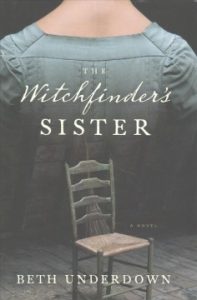 The Witchfinder’s Sister: Beth Underdown’s novel is, on the surface, a richly-detailed work of historical fiction. However, Underdown uses her historical premise to ask a lot of questions that are as significant to the present as they are to the world of her characters. The year is 1645, and Alice Hopkins, a pregnant widow, has returned to the small English town in which she grew up. Without prospects, and unfamiliar with the town after a five-year absence, Alice is forced to live with her brother, who has become a rich and influential man–and a feared hunter of alleged witches. Torn between devotion to her brother and horror at what he’s become, Alice is desperate to intervene—and deathly afraid of the consequences. But as Matthew’s reign of terror spreads, Alice must choose between her safety and her soul. We have been subjected to a lot of talk about witch hunts lately, but Underdown’s novel delves deeply into what such a practice really is–and the irrevocable damage it causes on all those involved. Like Atwood’s book, this book deals with the persecution of women in a patriarchal society, but adds an element of mystery and rich historical detail to her fascinating and original novel.
The Witchfinder’s Sister: Beth Underdown’s novel is, on the surface, a richly-detailed work of historical fiction. However, Underdown uses her historical premise to ask a lot of questions that are as significant to the present as they are to the world of her characters. The year is 1645, and Alice Hopkins, a pregnant widow, has returned to the small English town in which she grew up. Without prospects, and unfamiliar with the town after a five-year absence, Alice is forced to live with her brother, who has become a rich and influential man–and a feared hunter of alleged witches. Torn between devotion to her brother and horror at what he’s become, Alice is desperate to intervene—and deathly afraid of the consequences. But as Matthew’s reign of terror spreads, Alice must choose between her safety and her soul. We have been subjected to a lot of talk about witch hunts lately, but Underdown’s novel delves deeply into what such a practice really is–and the irrevocable damage it causes on all those involved. Like Atwood’s book, this book deals with the persecution of women in a patriarchal society, but adds an element of mystery and rich historical detail to her fascinating and original novel.



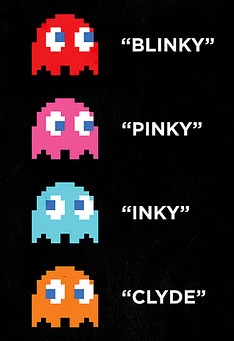
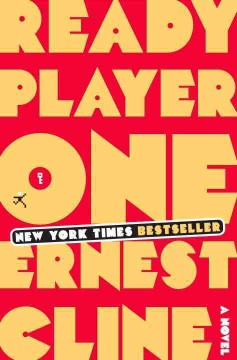
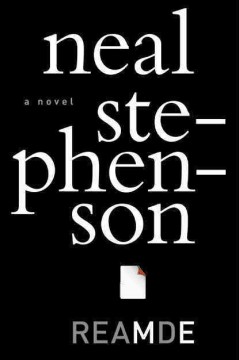
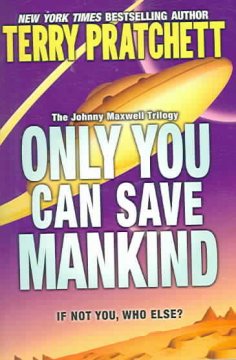


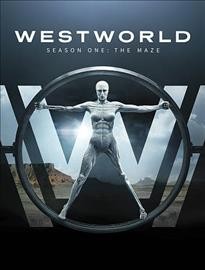
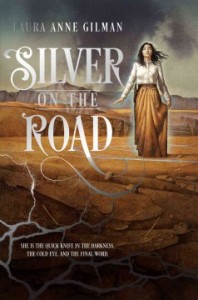
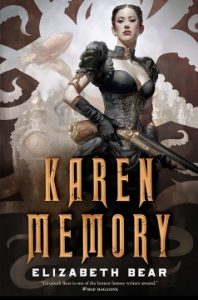
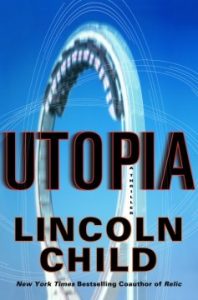
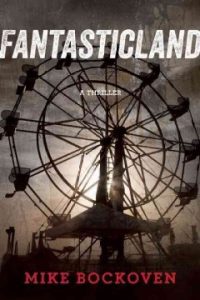




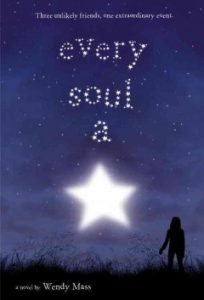
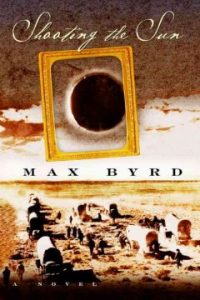
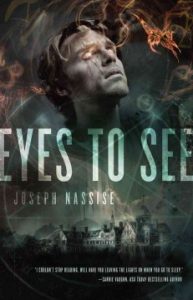


 It seems like the stuff of fiction–and yet the repercussions of art crime are international and unforgettable. If you’ve ever been to the Isabella Stuart Gardener Museum, and looked at the empty frames that still hang on the wall in memory of the (still missing) paintings that were cut out of them, you know what a palpable loss those pieces still have (see image to left, via the New York Post). For those who have lost, or found, pieces stolen by Nazi authorities or during the Stalinist purgers, the enormity of the crime committed cannot be contained in a frame. Art speaks to us in a way that words and deeds cannot, and to rob someone of that is to rob them of their humanity. It also robs humanity of some truly staggering works of genius as well–the number of pieces that now have dubious provenance (the official history of a painting that traces its whereabouts throughout its life) is enormous, and is ever-growing.
It seems like the stuff of fiction–and yet the repercussions of art crime are international and unforgettable. If you’ve ever been to the Isabella Stuart Gardener Museum, and looked at the empty frames that still hang on the wall in memory of the (still missing) paintings that were cut out of them, you know what a palpable loss those pieces still have (see image to left, via the New York Post). For those who have lost, or found, pieces stolen by Nazi authorities or during the Stalinist purgers, the enormity of the crime committed cannot be contained in a frame. Art speaks to us in a way that words and deeds cannot, and to rob someone of that is to rob them of their humanity. It also robs humanity of some truly staggering works of genius as well–the number of pieces that now have dubious provenance (the official history of a painting that traces its whereabouts throughout its life) is enormous, and is ever-growing.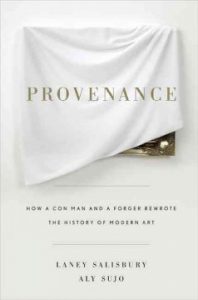 Provenance
Provenance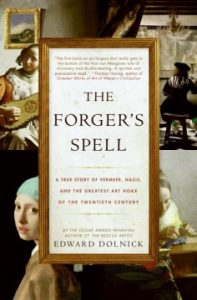
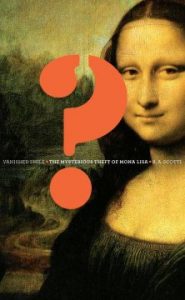

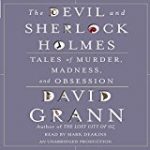 If you want to be engrossed but not distracted try:
If you want to be engrossed but not distracted try: 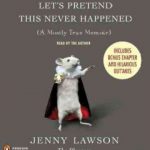 If you’re looking to laugh with non-fiction try:
If you’re looking to laugh with non-fiction try: 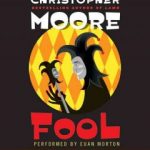 If you’re looking to laugh with fiction try:
If you’re looking to laugh with fiction try: If you’re looking for a cast of characters try:
If you’re looking for a cast of characters try:  If you’re looking for something classy try:
If you’re looking for something classy try: 
